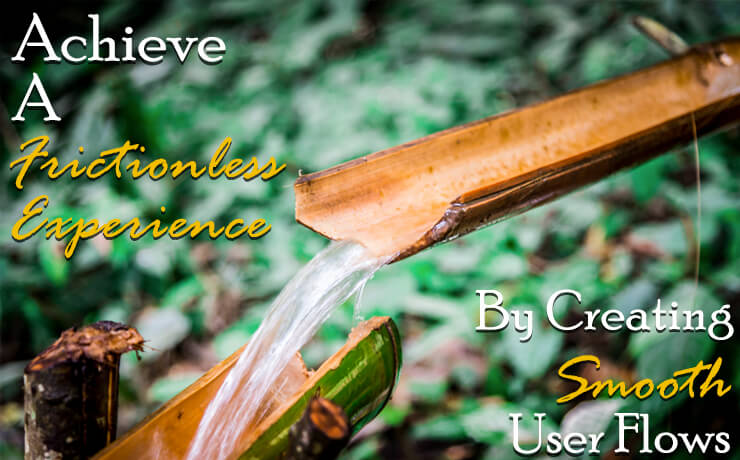5 Ways To Get Great Images For Your Website

Chad Faith
Director of Content

When you are running a website or blog, it’s crucial to ensure you regularly update with great new content. This is what will give people reason to keep coming back to your site, it’s what Google will look for when indexing your pages and it’s how you will establish authority and value in order to gain future customers.
But when you create new content, writing is only one part of it. What’s equally important is what surrounds that writing, for example, the images. Rather than thinking of your images for your website as an afterthought, you should instead consider them to be a crucial element on your pages. Not only will they provide your articles with the visual flare they need in order to draw people in and get them to actually read what you’ve written (few things are as off-putting as a block of plain text), but they will also add to the professional feel of your site and set you apart from the thousands of competing blogs.
The question then, is where to get those images from? Here are some options:
Use Stock Images
There are a number of resources on the web that you can use to find free images of all kinds. This list of 16 archives will give you a good place to start. Failing that though, another near-unlimited source is Flickr. If you do a search for only images with Creative Commons licenses, then you can find hundreds of thousands of user-uploaded pictures this way. Just make sure you pick ones that look professional and that the uploader themselves had the rights to.
Buy Them
The problem with using stock images is that they can look pretty generic. The images aren’t likely to precisely match the written content and people might come across those same images again in future… which isn’t great for your authority.
An alternative is to pay someone to make images for you, which you can do through a site like Fiverr, or by using a professional service. Failing that, there are also plenty of companies that sell huge batches of stock images that will be less common across the net and of higher quality as compared with those on free archives.
Make Them Yourself
Alternatively, you can always make the images yourself, which can be more effective than you might at first imagine. In this case, a DSLR camera and a course in photography (these 40 tips can get you started) can prove to be a great investment. Or, failing that, you can try drawing something yourself using a stylus or by using effects in PhotoShop. This is particularly easy if you make the choice to use a ‘personal’ style in your blog as that way, you can use lower quality photos of you and your team which will nevertheless fit within the context of your site.
Use Infographics
Infographics are highly popular at the moment and are also fantastic ‘link bait’ for other bloggers and social media users to link to. Best of all, infographics are actually pretty easy to make using something like Piktochart or one of the many other online tools.
Use Memes
Similarly, memes also have great viral potential, are easy to make and can often be quite humorous. They don’t generally present issues regarding copyright and they can really add some color to your website. Use a tool like this meme generator to build your own from popular images.
 Free
Consultation
Free
Consultation Free
Google Ads Audit
Free
Google Ads Audit







